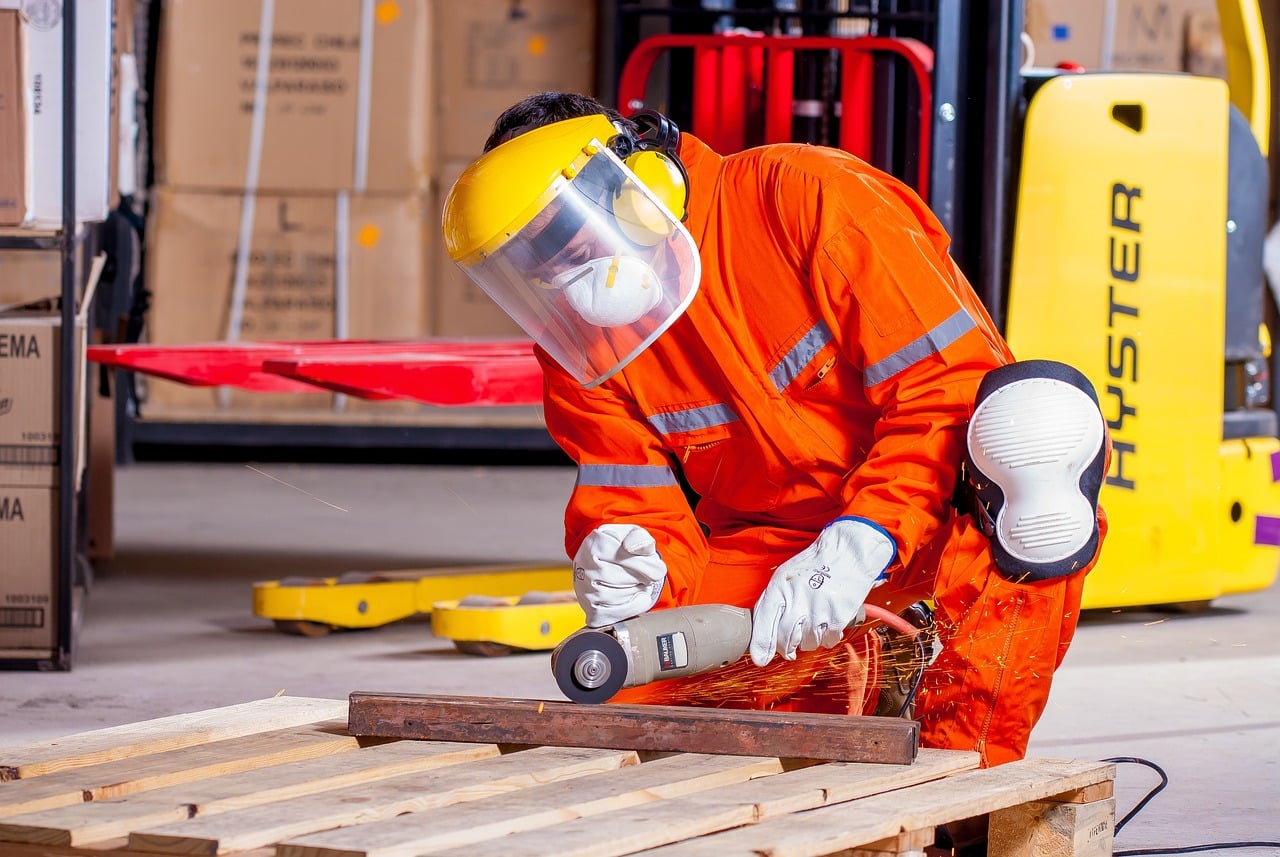The manufacturing sector has always been the backbone of the global economy, constantly seeking ways to improve efficiency and reduce costs. As companies are embracing the digital age, the integration of artificial intelligence (AI) in industrial operations has opened a new frontier in maintenance management. Predictive maintenance, a method that utilizes data and analytics to foresee equipment failures, is now being revolutionized by AI. This predictive approach to maintenance is transforming how businesses handle machine health, allowing for more precise maintenance schedules, preventing unplanned downtime, and optimizing resource allocation. This article explores the myriad ways in which AI is enhancing predictive maintenance in industrial settings, from the integration of machine learning algorithms to real-time data analytics.
The Advent of AI in Predictive Maintenance
Predictive maintenance has been a game-changer for industries reliant on heavy machinery and equipment. Instead of following a routine maintenance schedule or reacting to equipment failures, predictive maintenance uses historical data and analytics to predict when a machine might fail, allowing for maintenance to be performed just in time to prevent a breakdown.
A voir aussi : How can ai assist in climate change research and solutions?
The advent of AI has propelled predictive maintenance into a new era. With the ability to process vast amounts of data and learn from it, AI enhances the accuracy of predictions and the efficiency of maintenance operations. Industries are now able to minimize downtime and extend the lifespan of their assets, which translates to significant cost savings and improved production planning.
Real-Time Data and Anomaly Detection
One of the key ways AI enhances predictive maintenance is through the analysis of real-time data. Sensors attached to machinery continuously collect data on various parameters such as temperature, vibration, and pressure. AI-powered systems analyze this real-time data to identify patterns and detect anomalies that may indicate an impending equipment failure.
Sujet a lire : What are the prospects of ai in enhancing public safety and security?
Machine learning algorithms play a crucial role here, learning from historical data to identify what normal operation looks like and flagging any deviations. This allows for a swift response, often before an issue becomes apparent to human operators. Anomaly detection is not only about preventing equipment failures but also about maintaining the quality of the production process.
Historical Data and Learning Algorithms
Incorporating historical data into predictive maintenance is where machine learning truly shines. Learning algorithms can comb through past performance data to find trends and patterns that may predict future failures. This historical perspective adds depth to real-time analytics, creating a more comprehensive and accurate maintenance strategy.
For example, if historical data shows that a particular type of bearing tends to fail after a certain number of operating hours, machine learning algorithms can incorporate this insight into their models. This allows for more targeted maintenance, optimizing the timing of interventions and ensuring that parts are replaced or serviced before they reach the end of their useful life.
Predictive Analytics and Decision Making
Decision making in maintenance management is crucial. With predictive analytics, decisions are not based on intuition or experience alone but are backed by solid data. AI-driven predictive maintenance systems process and analyze data to provide actionable insights, enabling maintenance managers to make informed decisions about when and where to allocate resources.
Data Integration and Resource Allocation
A significant benefit of AI in predictive maintenance is the seamless integration of data from various sources. This data integration provides a holistic view of equipment health, which is essential for effective resource allocation. For instance, if the AI system predicts that several machines will require maintenance soon, managers can plan accordingly to ensure that parts and personnel are available when needed.
Resource allocation extends beyond parts and labor; it also involves planning for machine downtime. Since maintenance activities can disrupt production, AI helps in forecasting the best time for maintenance activities, balancing the need to keep machines running with the need to prevent breakdowns.
Efficiency in Maintenance Schedules
AI-driven predictive maintenance optimizes maintenance schedules, ensuring they are as efficient as possible. Machine learning algorithms can predict the optimal intervals for maintenance activities, reducing the frequency of unnecessary checks while preventing unexpected equipment failures.
These efficient schedules mean maintenance is only performed when needed, which reduces labor costs and the waste of resources. Additionally, by avoiding unnecessary maintenance, machines are free to operate for longer periods, enhancing overall production efficiency.
Enhancing Supply Chain and Production Planning
The ripple effects of AI-enhanced predictive maintenance reach far beyond the immediate machinery. It plays a pivotal role in improving the broader aspects of operations, such as the supply chain and production planning.
Predictive Maintenance and Supply Chain Optimization
In supply chain management, timing is everything. Predictive maintenance ensures that equipment necessary for production is available and fully functional, thus avoiding bottlenecks in the supply chain. By predicting equipment failures, companies can better plan their inventory and procurement, ensuring that parts are available when needed without overstocking.
Furthermore, as AI systems become more integrated with supply chain management, they can predict the impact of maintenance activities on the supply chain and adjust production schedules accordingly.
AI-Driven Predictive Maintenance: A Cost-Saving Strategy
The ultimate goal of integrating AI into predictive maintenance is to save costs while maintaining, or even improving, production quality and volume. By accurately predicting equipment failures, companies can avoid the high costs associated with unplanned downtime.
Avoiding Unplanned Downtime
Unplanned downtime is one of the most significant expenses for manufacturing companies. AI-driven predictive maintenance drastically reduces the likelihood of such occurrences by alerting maintenance teams about potential issues before they result in a shutdown.
Long-Term Cost Savings
Investing in AI for predictive maintenance may have an upfront cost, but the long-term savings are substantial. By reducing the frequency of equipment failures, companies save on repair costs and spare parts. They also benefit from increased production time, as maintenance is carried out before a machine breaks down, rather than after.
Furthermore, the data-driven nature of AI-powered maintenance systems provides insights that can inform future purchasing decisions. Companies can identify which machines are prone to failure and may opt for more reliable options in the future.
Conclusion: Embracing AI for Future-Ready Maintenance
AI is revolutionizing the way industries conduct maintenance, bringing predictive capabilities to unprecedented levels of accuracy and efficiency. By harnessing real-time data, learning from historical performance, and enhancing decision making, AI empowers predictive maintenance strategies that are data-driven and results-oriented. As you integrate AI into your maintenance plans, expect not only to reduce downtime and save costs but also to improve the longevity and reliability of your equipment. The future of industrial maintenance is predictive, data-rich, and AI-driven, and embracing this technology positions your operations at the forefront of innovation. With the right AI tools in place, your predictive maintenance initiatives will ensure that your production lines remain uninterrupted, your machines in peak condition, and your business competitive in the ever-evolving manufacturing landscape.
















